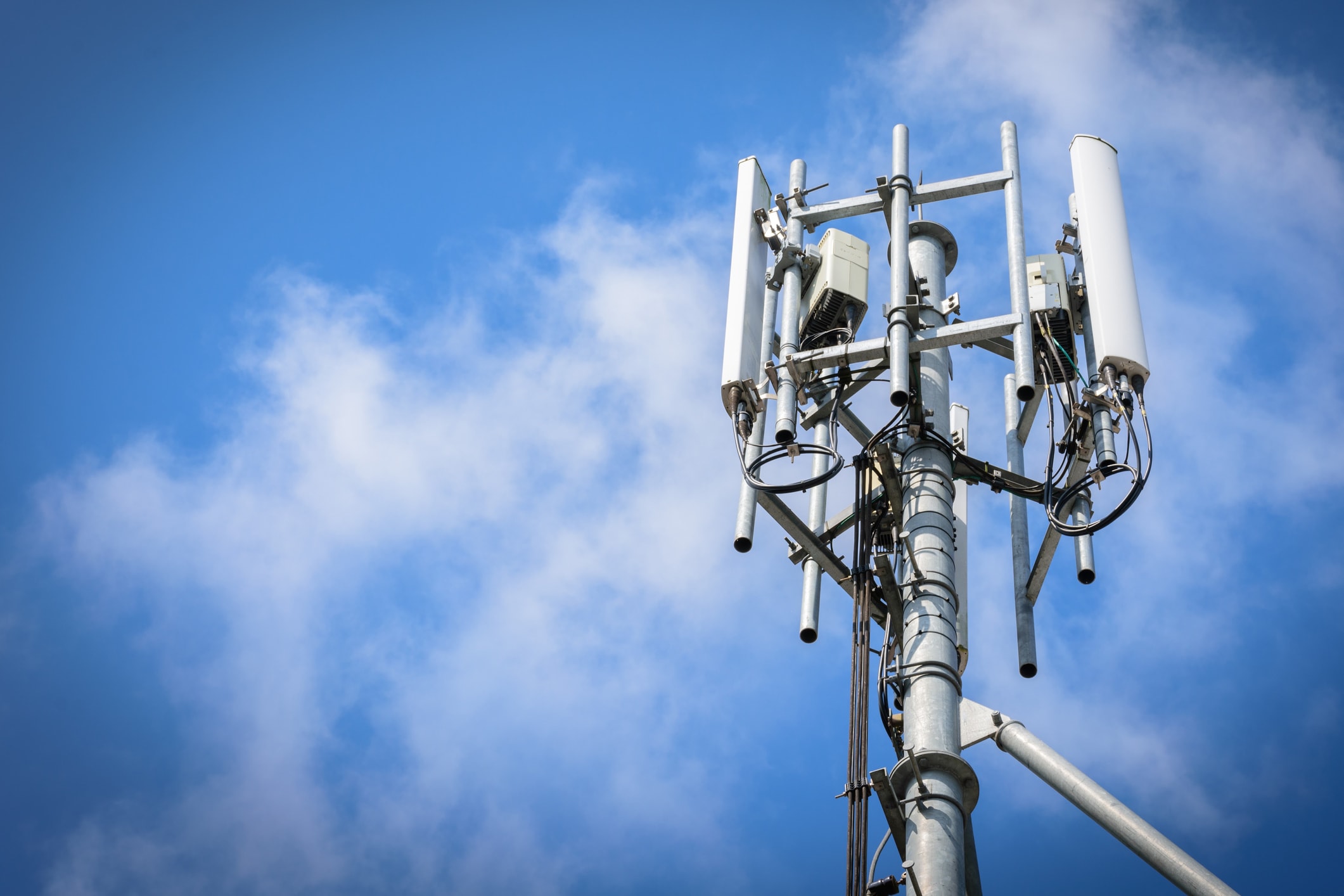If you've ever wandered through a city and spotted tiny mini 5G cell towers on the poles of street lights. They look like little boxes however they're actually sending wireless signals from mobile providers to your phone.
These smaller towers are replacing the larger specially-designed cell towers. While they're less noticeable but they can still cause problems for people.
what is a safe distance from a 5g cell tower determine the safe limit at which a person can be exposed to electromagnetic radiation from wireless devices. The limits of exposure are based on research which show that the energy of RF could cause harm to health.
The specific absorption rate (SAR) is a measure of the amount of radiofrequency energy absorbed by tissue. It's usually 1.6 milliwatts per kilogram averaged over one kilogram of tissue.
But, since 5g operates at higher frequencies this could be able to increase the intensity of energy on the skin and other exposed body parts. This can lead to many potential harms, including exacerbated appearance of skin disorders such as dermatitis, skin cancer and cataracts.
Due to the possible severe effects of 5g radiation, PSU has chosen to create a general limits on power density, which is 4mW/cm2 measured on 1cm2, but not to exceed 30 minutes, for all 5G services running at 3000 GHz. This localized limit is consistent with the maximum SAR spatial-average of 1.6 W/kg, averaged over one g of tissue at 6 GHz.
The FCC's Maximum Exposure Thresholds for Maximum Exposure

Have you ever used a cell phone, then you've probably realized that a safe location from the tower is at least 400 meters. This is because the transmitting power of a cell tower increases dramatically the farther you are from it.
Although safe distance from cell tower may sound like a good idea, the reality is that people living in close proximity to towers could be more susceptible to health problems. For instance, a study conducted in 2014 in India found that those living within 50 meters from cell towers suffered significantly more health complaints than those who were far from antennas.
This study revealed that those who relocated to areas further away from cell towers noticed their symptoms improve within a few days. Studies have also revealed that exposure to high amounts of electromagnetic field radiofrequency (EMFs) could cause cancer, brain tumors, and other health problems.
This is due to the fact that radiofrequency radiation, utilized in wireless communications, can be absorbed by the body's outer layer, which is the skin. This is important to understand since the skin functions as a shield against injuries caused by mechanical forces, infections by pathogenic microorganisms, and entry of toxic substances. Additionally, it is the biggest organ of the human body, and is accountable for protecting other organs.
The FCC's Minimum Exposure Thresholds
The FCC's Minimum Exposure Thresholds are based on numerous assumptions that are not supported by scientific research. These include the erroneous belief that exposures to RF radiations are not harmful due to the limited absorption into body (i.e. the heating of tissues).
safe distance to live from cell phone tower does not take into account the more extensive penetration of ELF components of modulated RF signals, as well as the effect of short bursts of heat generated by RF waves that are pulsed. These assumptions are not in line with current understanding of the biological effects of RF radiation. As such, they should not be considered for health protection exposure standards.
Furthermore, the ICNIRP and FCC limit their maximum exposure limits to local peak SARs that are based on the maximum frequency of absorption (psSAR), which can be described as not a sufficient dosimetric tool for determining the level of exposure to RF radiation. Particularly the psSAR tool is not accurate for frequencies that exceed 6 GHz. Furthermore, psSAR has not been tested for RF radiation exposed to other environmental agents , such as sunlight. Interactions of RF radiation with other agents in the environment could cause synergistic or antagonistic results. This can lead to an increased risk of negative health consequences. For instance, exposure to RF radiation and sunlight could cause an increase in the incidence of developing skin cancer, as well as aggravate other skin conditions like acne.
